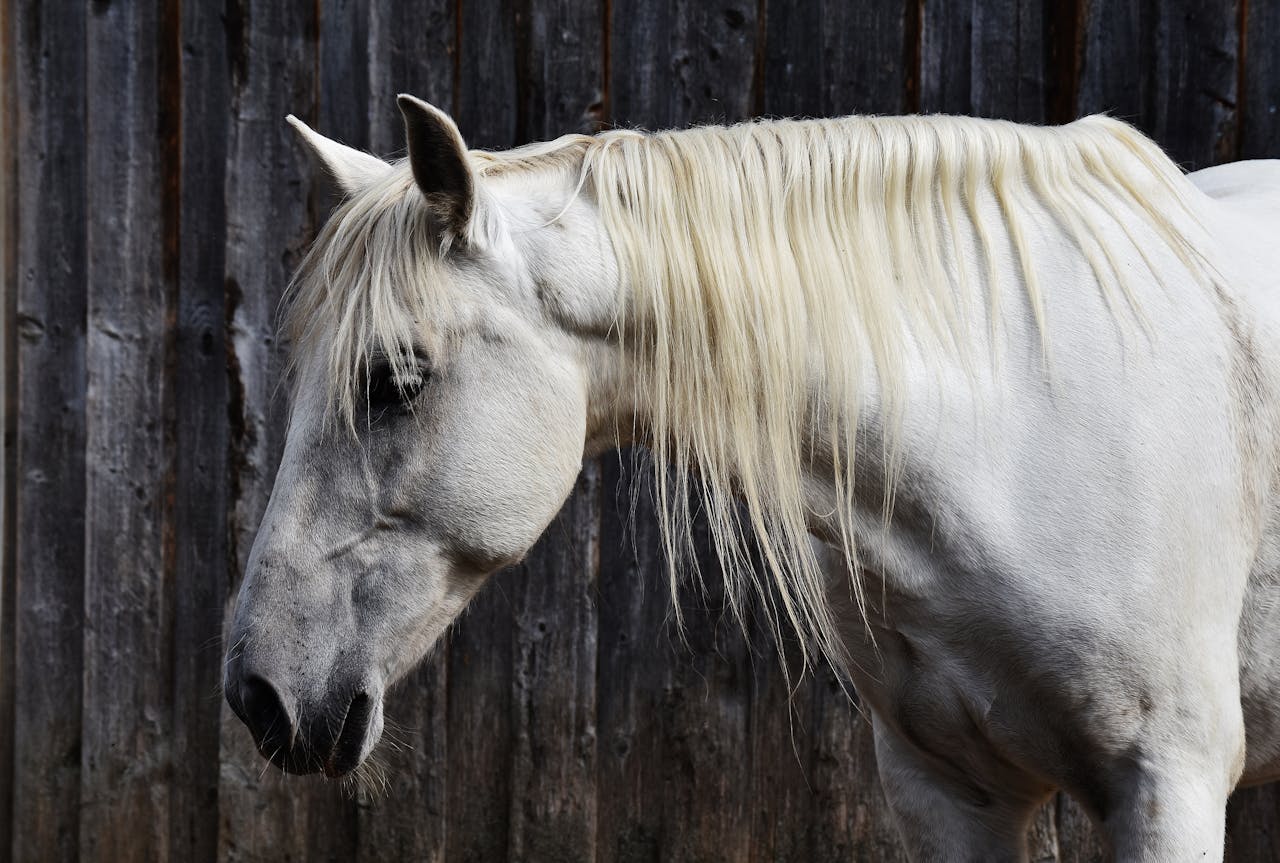
Horse Laminitis: The First Nightmare Every Horse Owner Should Fear
Sep 12, 2024
Laminitis, a condition that strikes fear into the hearts of horse-owners worldwide, demands our utmost attention and understanding.
This guide delves into the intricacies of laminitis, offering insights and practical advice to help you safeguard your equine companion's well-being.
Understanding Laminitis: The Silent Threat
Laminitis is a complex condition affecting the delicate structures within a horse's hooves.
It occurs when the laminae - the tissue connecting the hoof wall to the coffin bone - become inflamed.
This inflammation can lead to excruciating pain, mobility issues, and potentially irreversible damage if not addressed promptly.
The gravity of laminitis lies in its ability to compromise the structural integrity of the hoof.
In severe cases, the coffin bone may rotate or sink within the hoof capsule, a situation that can have devastating consequences for the horse's future soundness and quality of life.
Unraveling the Causes
Laminitis doesn't have a single cause, but rather a myriad of factors that can trigger its onset. Understanding these triggers is crucial for prevention:
- Dietary Imbalances: Overconsumption of rich pasture, grains, or feeds high in sugars and starches is a primary culprit. These foods can disrupt the delicate balance of gut bacteria, leading to the release of harmful endotoxins into the bloodstream.
- Metabolic Issues: Horses with conditions like Equine Metabolic Syndrome or Cushing's Disease are at higher risk due to hormonal imbalances affecting insulin regulation.
- Physical Stress: Excessive work on hard surfaces, prolonged standing (often due to injury in another limb), or sudden changes in exercise routines can trigger laminitis.
- Systemic Illness: Certain infections, particularly those causing high fevers or affecting the digestive system, can indirectly lead to laminitis.
- Medications: Some drugs, particularly corticosteroids, can increase the risk of laminitis in susceptible horses.
Recognizing the Warning Signs
Early detection is paramount in managing laminitis. Be vigilant for these indicators:
- Altered Gait: A horse with laminitis may exhibit a cautious, "pottery" walk, especially on hard surfaces. They might shift weight frequently or be reluctant to move.
- The "Laminitis Stance": Affected horses often lean back, shifting weight to their hind legs to alleviate pressure on painful front feet. In severe cases involving all four feet, they may lie down frequently.
- Hoof Temperature: Increased warmth in the hoof wall, particularly around the coronet band, can indicate inflammation.
- Digital Pulse: An elevated digital pulse in the pastern area suggests increased blood flow to the hoof, often associated with inflammation.
- Behavioral Changes: Horses experiencing pain may show signs of distress, such as increased heart rate, sweating, or a worried expression.
Proactive Prevention Strategies
While laminitis can be daunting, there are numerous steps horse-owners can take to minimize risk:
- Meticulous Diet Management: Carefully regulate your horse's intake of sugars and starches. This might involve limiting grazing time, using grazing muzzles, or selecting low-sugar hay varieties. Consult with an equine nutritionist to develop a balanced feeding plan tailored to your horse's needs.
- Weight Monitoring: Maintain your horse at an ideal body condition score. Regular weight checks and body scoring can help you catch and address weight gain early.
- Consistent Exercise: Implement a regular exercise routine appropriate for your horse's fitness level and health status. This helps maintain muscle tone, supports metabolism, and aids in weight management.
- Hoof Care Excellence: Partner with a skilled farrier for regular hoof maintenance. Proper trimming and, if necessary, shoeing can support optimal hoof health and biomechanics.
- Stress Reduction: Minimize environmental stressors. Ensure your horse has access to shelter, companionship, and a consistent routine.
- Metabolic Screening: For at-risk horses, particularly those with a history of laminitis or metabolic issues, consider regular blood tests to monitor insulin levels and other relevant markers.
When Laminitis Strikes: Immediate Action Plan
If you suspect your horse is developing laminitis, time is of the essence. Follow these critical steps:
- Veterinary Consultation: Contact your veterinarian immediately. Describe your horse's symptoms in detail and follow their advice precisely.
- Restrict Movement: Confine your horse to a small, deeply bedded area to minimize movement and reduce stress on the hooves.
- Cold Therapy: Apply cold packs or stand your horse in cold water to help reduce inflammation, following your vet's recommendations.
- Pain Management: Administer any prescribed pain relief medications exactly as directed by your veterinarian.
- Diet Adjustment: Remove all grain and rich feeds from the diet, offering only hay (soaked if recommended) until your vet advises otherwise.
Long-Term Management and Recovery
Recovering from laminitis is often a lengthy process requiring patience and dedication:
- Work closely with your veterinarian and farrier to develop a comprehensive rehabilitation plan.
- Be prepared for frequent veterinary check-ups and potential diagnostic imaging to monitor progress.
- Implement any recommended dietary changes consistently, which may involve long-term adjustments to feeding practices.
- Consider supportive therapies such as acupuncture or physiotherapy to aid in pain management and recovery.
- Be patient with the rehabilitation process, as rushing can lead to setbacks.
Conclusion: Empowering horse-owners
Laminitis is a formidable challenge, but armed with knowledge and vigilance, horse-owners can significantly reduce its impact.
By understanding the causes, recognizing early signs, and implementing preventive measures, you can provide your equine companion with the best defense against this potentially devastating condition.
Remember, every horse is an individual. What works for one may not be suitable for another.
Cultivate a strong relationship with your veterinarian, farrier, and other equine health professionals to create a tailored approach to laminitis prevention and management. Your horse's well-being is a collaborative effort, and your attentiveness plays a crucial role in ensuring their long-term health and happiness.